Agrasen Ki Baoli, Connaught Place, New Delhi
© Neha Gupta/Getty Image
Down we go!. Agrasen Ki Baoli, Connaught Place, New Delhi
Long before tanks and taps came along, people in India found a genius way to store water: stepwells, or baolis, as they're fondly known. Known by many other names like bawdi, baori or vav, they have deep roots in Indian history and language, with origins in the Sanskrit word 'vapi.' In fact, the concept of stepwells dates all the way back to the Indus Valley Civilisation, with ancient sites like Dholavira showcasing some of the earliest examples of this ingenious way to manage water in arid climates.
While many of these ancient structures are scattered across India, one example stands right in the heart of New Delhi. Agrasen Ki Baoli, featured here, offers a surprising pocket of calm. This 60-metre-long, 15-metre-wide stepwell is believed to have been built by the Aggarwal community in honour of their ancestor, Agrasen, though no official records confirm it. With 108 stone steps and three visible levels lined with arched niches, this baoli is a rare sight in the capital. Likely rebuilt during the Tughlaq or Lodi period, it also features a small three-sided mosque and hints of Persian-inspired, climate-friendly architecture that once made it a smart water solution.
Related Images
Bing Today Images

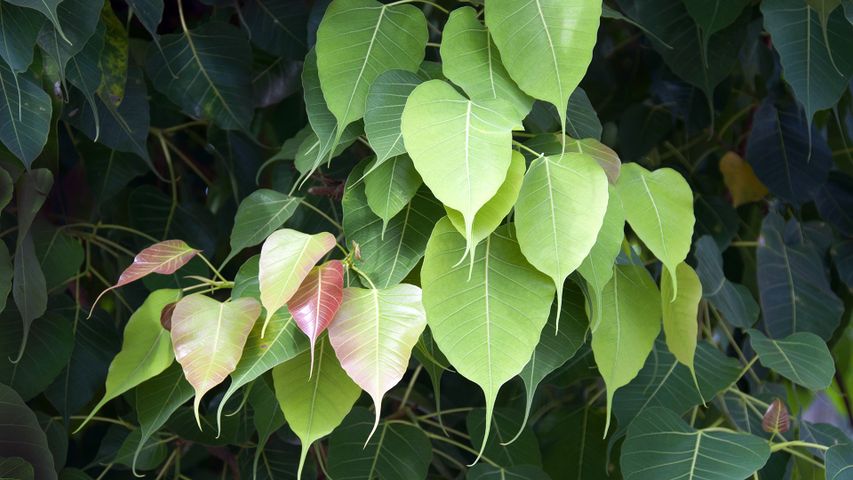

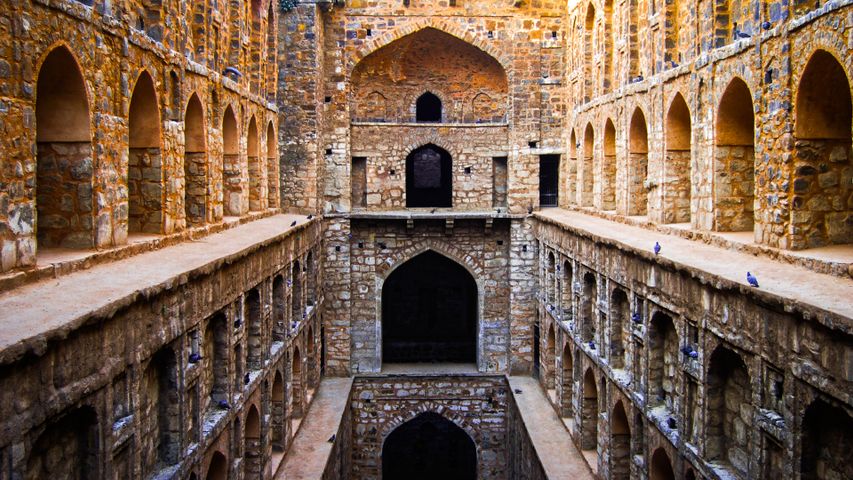
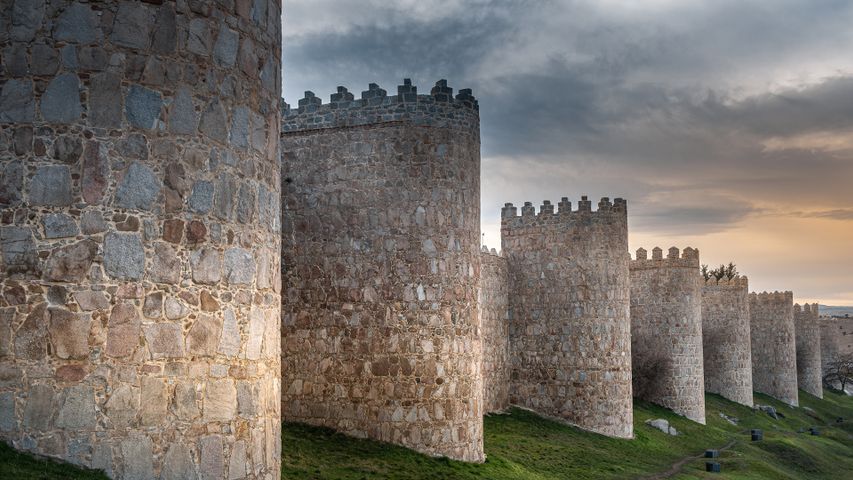 Mediaeval city walls, Ávila, Spain
Mediaeval city walls, Ávila, Spain
 Red Fort Delhi historic monument at sunrise with flying pigeons
Red Fort Delhi historic monument at sunrise with flying pigeons
 The Cathedral of Florence, Italy
The Cathedral of Florence, Italy
 Marble Canyon bridges over the Colorado River at the Glen Canyon National Recreation Area in northern Arizona
Marble Canyon bridges over the Colorado River at the Glen Canyon National Recreation Area in northern Arizona
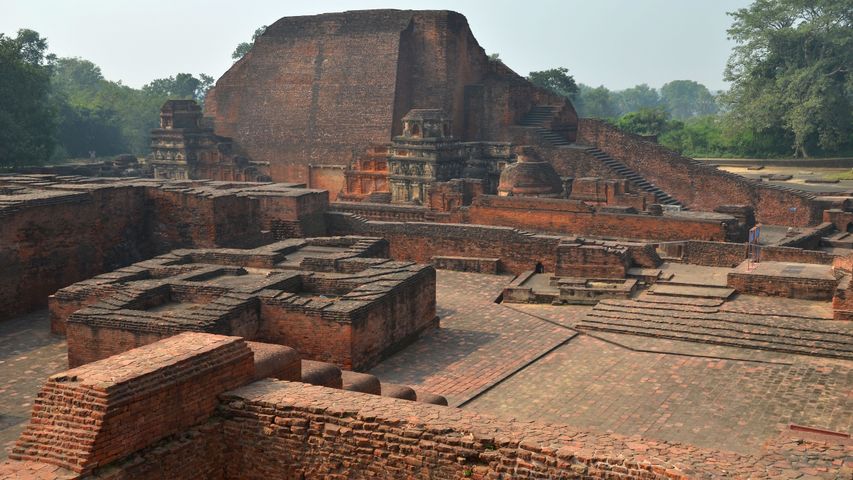 Ruins of the ancient university of Nalanda in Bihar, India
Ruins of the ancient university of Nalanda in Bihar, India
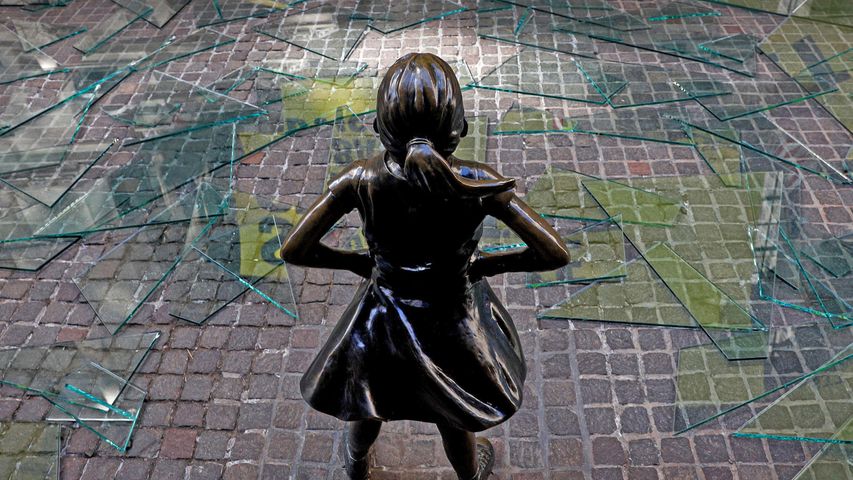 The 'Fearless Girl' statue outside the New York Stock Exchange in New York City
The 'Fearless Girl' statue outside the New York Stock Exchange in New York City
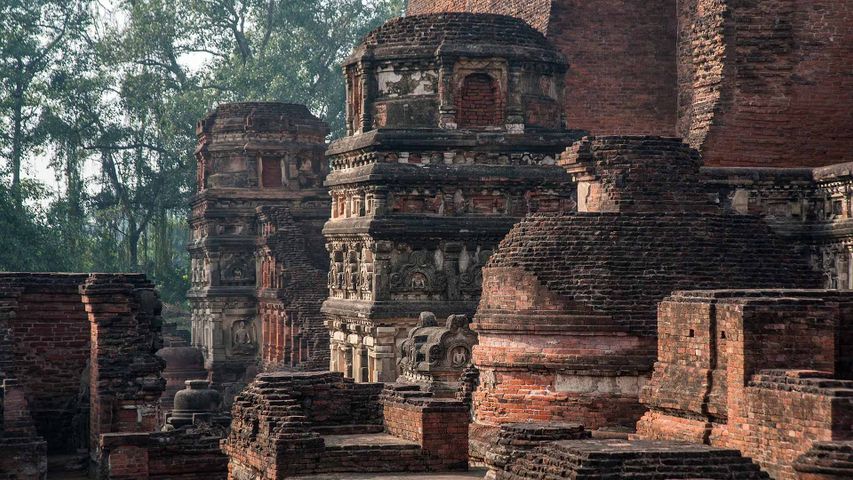 The ruins of Nalanda Mahavihara in Bihar, India
The ruins of Nalanda Mahavihara in Bihar, India
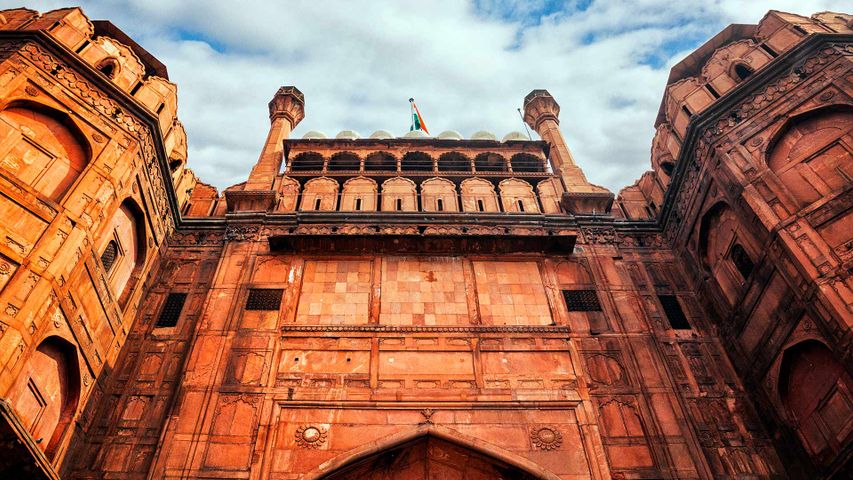 Lahori Gate of the Red Fort, Delhi
Lahori Gate of the Red Fort, Delhi


